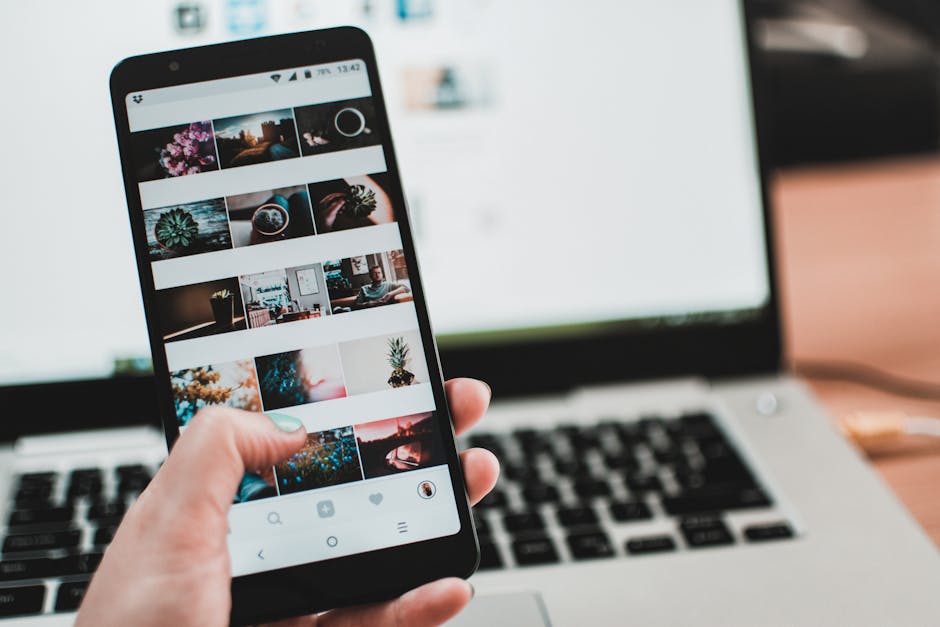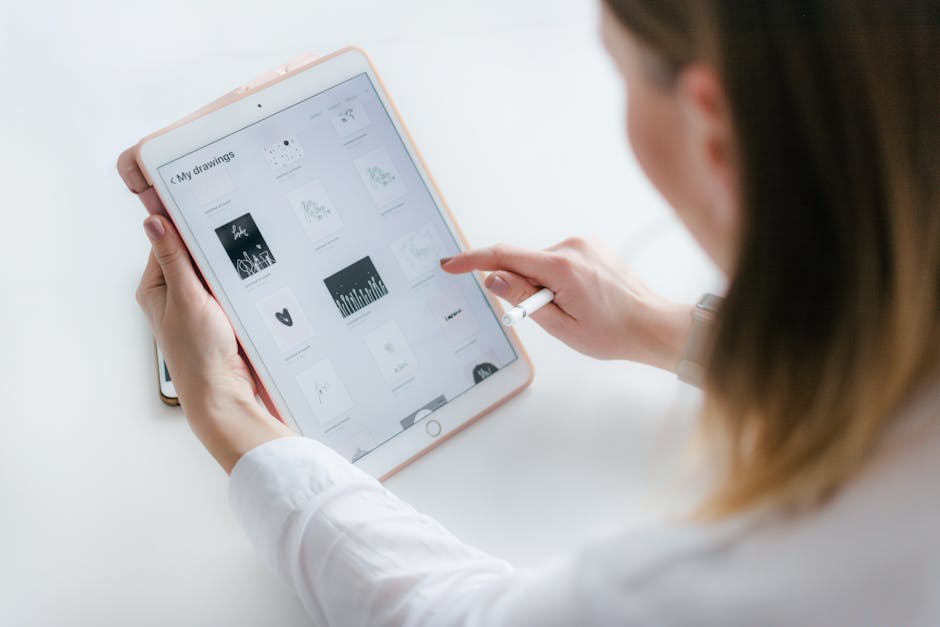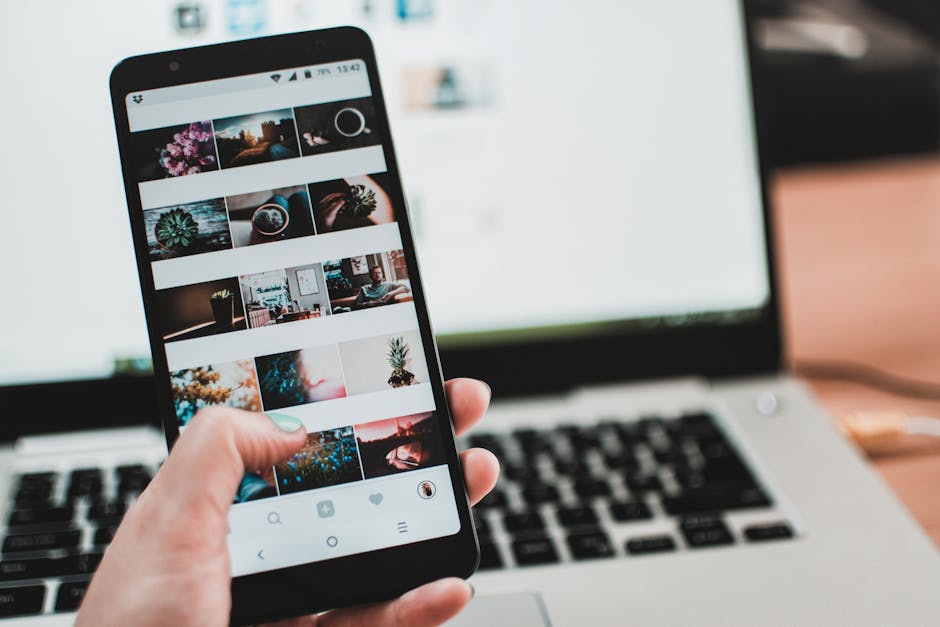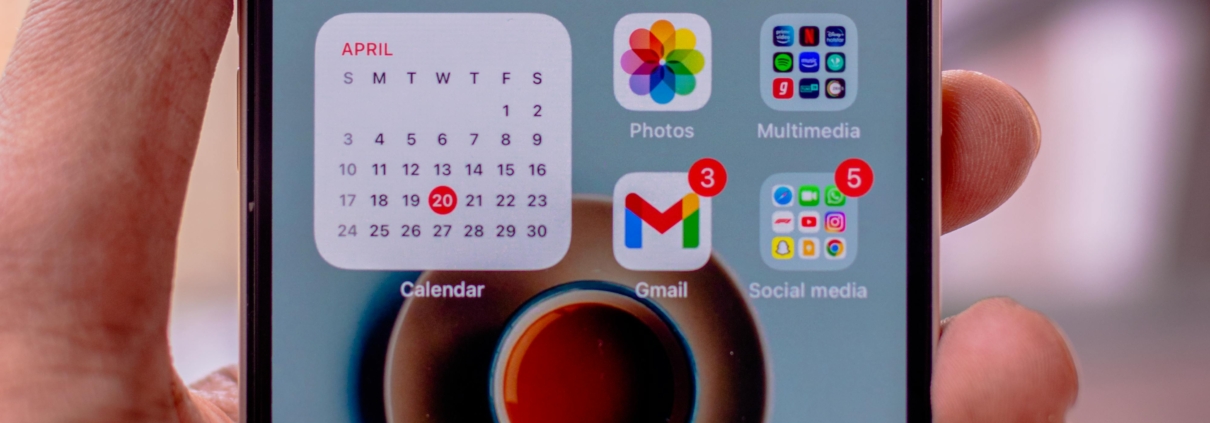Mobile App Development with Flutter & Dart for iOS and Android
In the rapidly evolving world of mobile app development, choosing the right framework and programming language is crucial for success. Flutter and Dart have emerged as powerful tools for developing high-performance applications for both iOS and Android platforms.
Flutter, an open-source UI software development toolkit created by Google, offers a single codebase for multiple platforms, significantly reducing development time and effort. With its extensive widget library, developers can create visually appealing and highly responsive user interfaces. Complementing Flutter is Dart, a client-optimized programming language also developed by Google. Dart is designed for building fast applications on any platform, providing a seamless development experience.
Flutter’s architecture is built around the concept of widgets, which are the building blocks of the app’s UI. These widgets are highly customizable and can be combined to create complex interfaces. Dart, with its strong typing and asynchronous programming capabilities, ensures that the code runs efficiently and is easy to maintain.
If you’re looking to leverage the power of Flutter and Dart for your next mobile app project, you’re on the right track. These technologies not only streamline the development process but also enhance app performance and user satisfaction. Are you ready to transform your app idea into reality? Get a free quote from our expert team today!
Advantages of Using Flutter and Dart
When it comes to mobile app development with Flutter & Dart (iOS and Android), there are numerous advantages that make this duo a preferred choice for developers and businesses alike.
First and foremost, cross-platform development is a significant benefit. With Flutter, developers can write a single codebase and deploy it across both iOS and Android platforms, saving time and resources. This approach ensures consistency in the app’s look and feel across different devices.
Another key advantage is the hot reload feature of Flutter. This allows developers to instantly see the results of code changes without restarting the app. It dramatically speeds up the development process and improves productivity by enabling rapid experimentation and iteration.
Flutter also boasts a rich set of pre-designed widgets that follow both Material Design (for Android) and Cupertino (for iOS) guidelines. These widgets help create a native-like experience on both platforms while maintaining a high level of customization.
Dart, on its part, offers several compelling features. Its ahead-of-time (AOT) compilation ensures that Flutter apps are compiled directly into native code, resulting in faster startup times and better overall performance. Dart’s garbage collection and async-await support further enhance app efficiency and responsiveness.
Additionally, Flutter’s growing community and extensive documentation provide invaluable support. Developers have access to a wealth of resources, tutorials, and third-party plugins, making it easier to overcome challenges and build feature-rich applications.
In summary, the combination of Flutter and Dart provides a robust framework for developing high-performance, cross-platform mobile apps with ease and efficiency, making it an excellent choice for modern app development.
Setting Up Flutter for iOS and Android

Embarking on mobile app development with Flutter & Dart (iOS and Android) starts with setting up a conducive development environment. Whether you’re using Windows, macOS, or Linux, the process is straightforward and well-documented.
First, download and install the Flutter SDK from the official Flutter website. Extract the files to a suitable location on your system and add the Flutter tool to your system path. This allows you to run Flutter commands from any terminal window.
Next, install an Integrated Development Environment (IDE) that supports Flutter. Both Android Studio and Visual Studio Code are popular choices. These IDEs offer extensive plugins and tools specifically tailored for Flutter development, enhancing your productivity.
For iOS development, you must have a macOS system with Xcode installed. Xcode provides the necessary tools and simulators for building and testing iOS applications. After installing Xcode, run sudo xcode-select --switch /Applications/Xcode.app/Contents/Developer in the terminal to set the path.
To target Android devices, ensure you have the Android SDK installed. This is typically bundled with Android Studio. Configure the Android SDK path in your system environment variables. You can verify the setup by running flutter doctor in the terminal, which checks for any missing dependencies and provides guidance on fixing them.
Once your environment is set up, create a new Flutter project by running flutter create my_app in the terminal. Navigate to the project directory and launch the app using flutter run. This command builds and runs the app on the connected device or emulator, allowing you to see your code in action.
Setting up Flutter for both iOS and Android is a crucial first step in your development journey. With the environment properly configured, you’re well on your way to creating powerful, cross-platform applications.
Building Your First Flutter App

After setting up your development environment, it’s time to dive into mobile app development with Flutter & Dart (iOS and Android) by building your first Flutter app. This initial project will introduce you to the core concepts and structure of a Flutter application, providing a solid foundation for more complex projects.
Start by creating a new Flutter project using the command flutter create my_first_app in your terminal. Navigate to the newly created project directory with cd my_first_app. This command scaffolds a simple Flutter app with a pre-configured structure, making it easier to get started.
The main file you’ll be working in is lib/main.dart. Open this file in your chosen IDE. You’ll notice it contains a simple counter app with a floating action button that increments a counter displayed in the center of the screen. This file is your main entry point for the application.
In Flutter, everything is a widget. Widgets are the building blocks of a Flutter app’s user interface. The MaterialApp widget is a starting point that sets up the app’s theme and navigation. The Scaffold widget provides a framework for implementing the basic visual layout structure.
To customize the app, begin by modifying the text displayed on the home screen. Locate the title property in the MyHomePage class and change its value. You can also change the look and feel by adjusting the properties of various widgets, such as Text, Container, and Row.
Run the app using the command flutter run or by pressing the ‘play’ button in your IDE. The app runs on the connected device or emulator, allowing you to see the changes in real-time. Hot reload is a powerful feature in Flutter that lets you instantly see the results of your code modifications without restarting the app, significantly speeding up the development process.
Building your first Flutter app is a hands-on way to familiarize yourself with the framework’s capabilities. Experiment with different widgets, layouts, and styles to get a feel for how Flutter handles UI development. As you gain confidence, you can start exploring more advanced features and creating sophisticated applications for both iOS and Android.
Optimizing Flutter Apps for Performance

When engaging in mobile app development with Flutter & Dart (iOS and Android), optimizing your apps for performance is crucial to ensure a smooth user experience. Performance optimization can be achieved through various strategies aimed at reducing latency, improving responsiveness, and minimizing resource consumption.
One key area to focus on is *widget rebuilding*. Flutter’s reactive framework rebuilds widgets when their state changes, but excessive rebuilding can lead to performance issues. To mitigate this, use the const keyword for widgets that do not change. This enables Flutter to cache and reuse these widgets, reducing unnecessary rebuilds.
Another important aspect is *efficient rendering*. Ensure that your app does not perform heavy computations or complex UI operations during the build phase. Offload intensive tasks to background threads using the compute function. Additionally, use RepaintBoundary to isolate parts of the widget tree that need to be repainted individually, which can significantly reduce the rendering workload.
Memory management is also critical. Avoid memory leaks by properly disposing of controllers and listeners when they are no longer needed. The dispose method in widgets like StatefulWidget and AnimationController helps free up resources, preventing memory bloat.
Network operations can be another bottleneck. Use efficient data fetching strategies, such as pagination and lazy loading, to reduce the amount of data loaded at once. Caching responses locally can also improve load times and reduce network requests.
Lastly, leverage Flutter’s built-in performance tools. The Flutter DevTools suite provides a comprehensive set of tools for profiling your app. Use the *performance overlay* to monitor frame rendering times and identify jank. The *timeline* view helps trace performance issues back to specific parts of your code.
By implementing these optimization techniques, you can ensure that your Flutter apps deliver a high-quality, responsive experience across both iOS and Android platforms. Performance optimization not only enhances user satisfaction but also boosts app retention rates and overall success.
Future of Flutter and Dart in Mobile Development

The future of mobile app development with Flutter & Dart (iOS and Android) looks incredibly promising, driven by continuous advancements in the framework and the growing community support. Flutter’s unique proposition of allowing developers to create natively compiled applications for mobile, web, and desktop from a single codebase positions it as a leading choice for cross-platform development.
One of the most significant trends is the increasing adoption of Flutter by major tech companies and startups alike. Brands like Google, Alibaba, and BMW have already leveraged Flutter for their apps, showcasing its capability to handle diverse and complex projects. This trend is expected to accelerate as more developers and businesses recognize the efficiency and cost-effectiveness of using a single codebase for multiple platforms.
Flutter’s commitment to performance improvements and feature enhancements also bodes well for its future. The introduction of Flutter 2 expanded its reach beyond mobile to encompass web and desktop applications, making it a truly universal framework. This transition is supported by *Dart’s* advancements, which continue to enhance performance and developer productivity with each new release.
Moreover, the rise of *Fuchsia*, Google’s next-generation operating system, is likely to further propel Flutter’s adoption. As Flutter is the primary development framework for Fuchsia, this alignment ensures that Flutter will be at the forefront of future OS developments, potentially offering even deeper integration and optimization.
The active and growing Flutter community also plays a crucial role in its future. Open-source contributions, regular meetups, and an extensive library of third-party packages ensure that Flutter remains innovative and adaptable to the evolving needs of developers.
Considering these factors, it’s clear that Flutter and Dart are poised to shape the future of mobile development, offering unparalleled flexibility, performance, and scalability. Developers looking to stay ahead of the curve should certainly consider diving into Flutter and Dart.
Ready to take advantage of Flutter and Dart for your next mobile app project? Get a free quote from our team of experts at NS804 and start building high-performance, cross-platform apps today!





Leave a Reply
Want to join the discussion?Feel free to contribute!